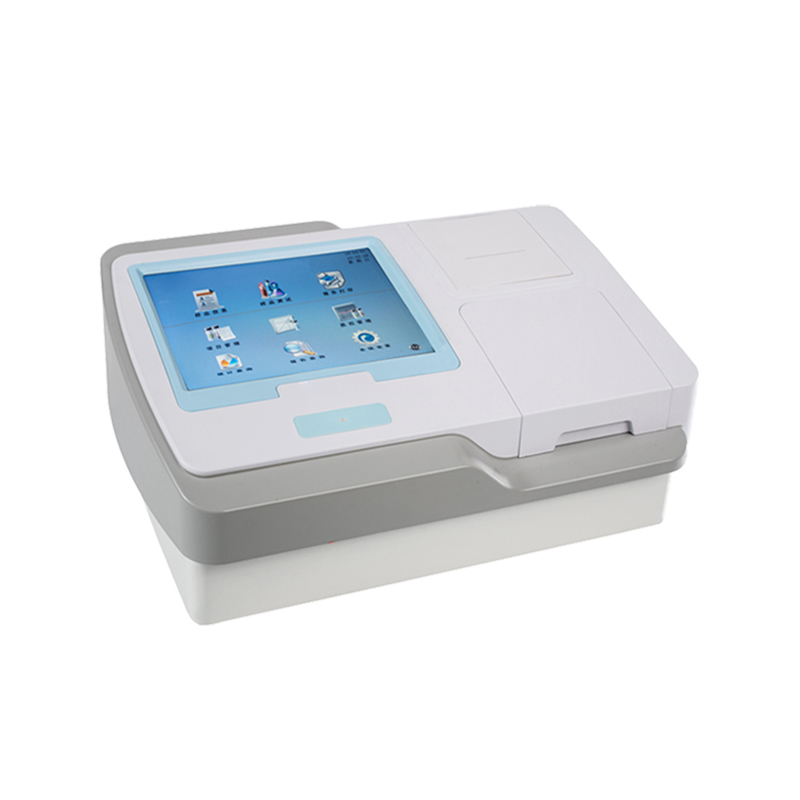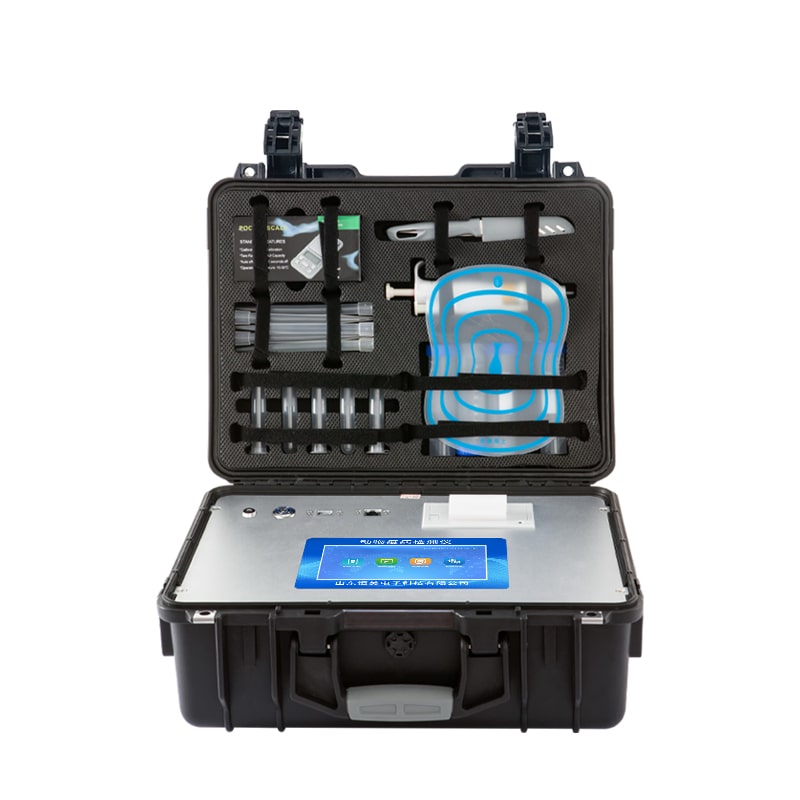Background and objectives of the plan
In molecular biology research, nucleic acid extraction is a key fundamental step in experiments such as gene sequencing, pathogen detection, and gene expression analysis. The traditional manual extraction method has problems such as low efficiency, high pollution risk, and limited flux, while the automated nucleic acid extraction instrument can significantly improve experimental efficiency and result reliability through standardized processes and precise control. This plan uses the Hengmei HM-TQ32 nucleic acid extractor as the core equipment, combined with magnetic bead technology, to provide efficient and safe nucleic acid extraction solutions for scientific research, medical and industrial fields.

Instrument selection and technological advantages
Core equipment: Hengmei HM-TQ32 nucleic acid extractor
The technical principle is based on the magnetic bead method, which uses a magnetic rod to adsorb nucleic acids on magnetic beads, and combines steps such as lysis, washing, and elution to achieve nucleic acid purification. The chemical groups (such as carboxyl groups) modified on the surface of magnetic beads can specifically bind to nucleic acids, and with the high-precision temperature control and oscillation functions of Hengmei instruments, ensure a nucleic acid recovery rate of>98% and a purity CV value of<3%.
Core advantages
High throughput flexibility: supports free switching of 1-32 well positions, adapts to single sample or batch processing needs, and avoids reagent waste.
Efficient and stable: Complete a single run in 15-60 minutes, with high magnetic bead recovery efficiency and purification sensitivity of up to 100 copies/sample.
Safety design: Built in UV disinfection lamp and anti aerosol fan to reduce the risk of cross contamination; Supports battery power supply, suitable for multiple scenarios in the field or laboratory.
Intelligent operation: The 10 inch touch screen interface supports program creation, editing, and storage (≤ 100 groups), and data traceability.
Application scenarios and experimental procedures
Application scenarios
Genomics research: Extracting DNA from plant tissues and cells for gene sequencing, SNP analysis, etc.
Medical diagnosis: Quickly extract pathogen nucleic acids (such as viruses and bacteria), support PCR testing, and infectious disease screening.
Environmental monitoring: Extracting microbial nucleic acids from soil and water samples to analyze ecological pollution or biodiversity.
Forensic science: Purification of nucleic acid from trace biological samples (such as blood and hair) to assist in case investigation.
Experimental Process
Step 1: Sample Preprocessing
Blood samples are centrifuged to separate plasma, tissue samples are homogenized and crushed, and cell samples are lysed using lysis buffer (refer to the lysis buffer formula provided by Hengmei).
Add proteinase K (recommended Hengmei matching reagent) to digest protein and promote nucleic acid release.
Step 2: Nucleic acid binding and purification
Transfer the sample to a deep well plate pre loaded with magnetic bead reagents and load it onto the HM-TQ32 instrument.
Select the preset program or custom parameters (temperature: room temperature -105 ℃, oscillation mode: adjustable in multiple settings), and start the extraction process.
The instrument uses a magnetic rod to adsorb magnetic beads, sequentially completing the steps of cracking, washing (removing impurities), and elution (releasing high-purity nucleic acids).
Step 3: Quality Inspection
Use a UV spectrophotometer (A260/A280 ratio) or fluorescence quantification method (Qubit) to detect nucleic acid concentration and purity.
Electrophoretic verification of nucleic acid integrity to ensure no degradation.
Technical optimization and precautions
The HM-TQ32 reagent is compatible with Hengmei's original magnetic bead assay kit and can also be compatible with third-party reagents, but the binding efficiency needs to be verified. It is recommended to prioritize the use of pre packaged reagents to reduce the risk of contamination.
Pollution control
Before the experiment, disinfect the instrument with ultraviolet radiation and wear gloves during operation to avoid nuclease contamination.
The deep hole plate and magnetic rod sleeve are disposable consumables to prevent cross contamination between samples.
Maintenance suggestions
Regularly clean the contact surface between the magnetic rod and the orifice plate to avoid residue affecting the adsorption efficiency.
Run the instrument self-test program once a month to calibrate the temperature control and magnetic system.
Implementation value of the plan
Efficiency improvement: The 32 hole design supports batch processing, and a single run can complete the extraction of 32 samples, which is more than 20 times faster than manual operation.
Reliable results: Standardized processes reduce human error, maintain stable nucleic acid purity (CV<3%), and are suitable for high-precision experimental requirements.
Cost optimization: Flexible flux selection reduces reagent consumption, and long-term use saves labor and consumables costs.
The Hengmei HM-TQ32 nucleic acid extractor provides an efficient and safe nucleic acid extraction solution for molecular biology research with its high throughput, high precision, and intelligent design. By integrating magnetic bead technology, automated processes, and strict quality control, this solution can be widely applied in scientific research, medical, and industrial fields, helping to comprehensively improve experimental efficiency and data quality.
Article address:https://www.molecularbio.cn/solu/29.html













